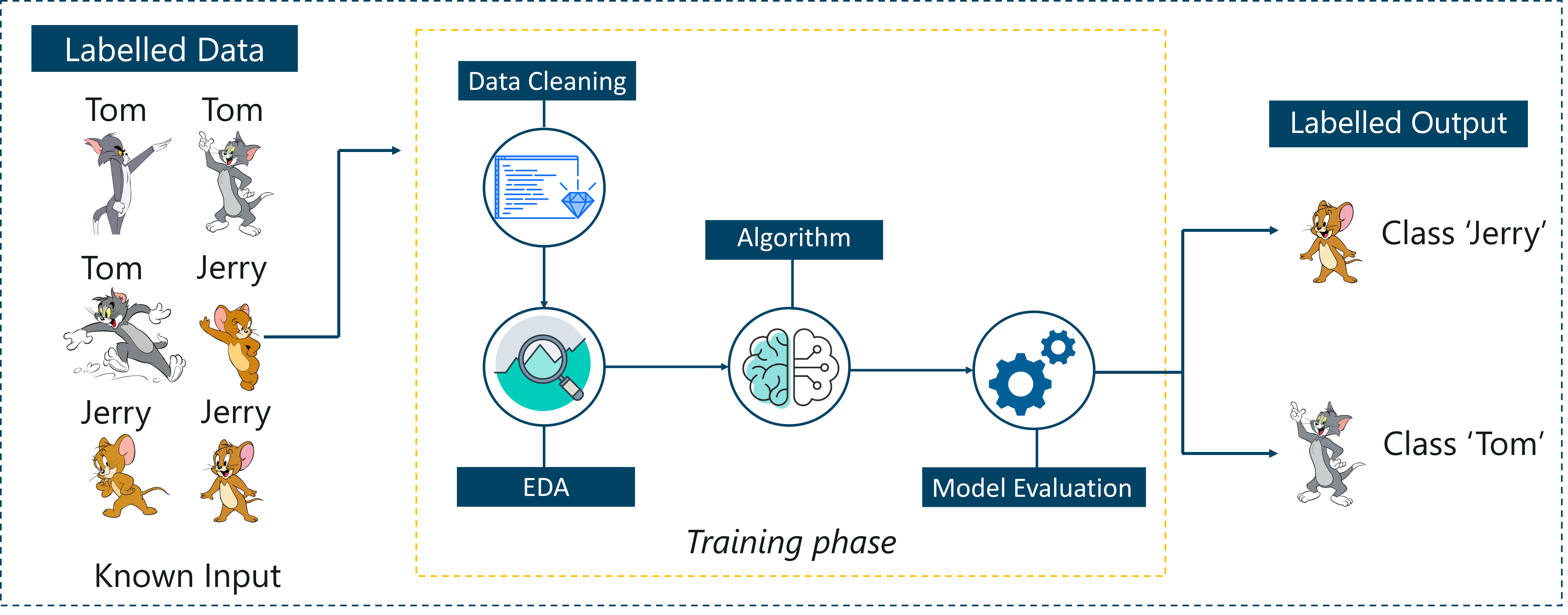
In contrast, those who advocate the use of remote E-collars have argued that the devices, especially in the hands of experienced trainers, can be used as to modify behavior through negative reinforcement, with limited exposure to noxious stimuli, so are a valuable training aid. Opponents of E-collars have argued that because these devices use aversive stimuli to deter undesirable behavior, they pose an increased risk of undesirable training outcomes (such as negative changes in affective state or unanticipated associations) compared to reward-focused training, especially in the hands of poorly trained or inexperienced owners ( 14– 18). In this way dogs may learn through a combination of negative reinforcement and classical conditioning to avoid the electric stimulus by performing the desired response, however, if the delivery of electric stimuli is poorly timed or inescapable, then undesirable associations may be formed ( 11– 13). If the dog ignores this, the electric stimulus may be applied until the desired behavior is performed. Generally, collars are designed to allow the auditory/haptic signals to be paired with the delivery of the electric stimulus as a form of “warning” cue.

Collar-born devices include: remote, hand-operated devices bark- or noise-activated control collars and containment systems (or invisible fencing) ( 11). A growing understanding of the application of learning theory to dog welfare has led many training organizations, welfare charities and academics to advocate what they consider to be more humane methods, with a greater focus on the use and timing of rewards ( 3– 9).Įlectronic training aids take a number of forms, but they commonly involve a collar-born device (E-collar) which can deliver a static electric stimulus to the dog's neck as well as a number of other stimuli, such as auditory or haptic/vibration signals ( 10). Where dog training involves aversive or noxious stimuli, this can lead to punishment if dogs do not behave as desired ( 1, 2). Successful obedience training of dogs requires effective use and timing of cues (often referred to as “signals”) alongside reinforcement and/or punishment by dog trainers. Given these results we suggest that there is no evidence to indicate that E-collar training is necessary, even for its most widely cited indication. This method of training also poses fewer risks to dog welfare and quality of the human-dog relationship. In many ways, training with positive reinforcement was found to be more effective at addressing the target behavior as well as general obedience training. These findings refute the suggestion that training with an E-collar is either more efficient or results in less disobedience, even in the hands of experienced trainers.

There was no difference in the number of verbal cues used in each group, but Control 2 used fewer hand and lead signals, and Control 1 made more use of these signals than E-collar group.

There was no significant difference in the proportion of command disobeyed between the three groups, although significantly fewer commands were given to the dogs in Control 2. These dogs also had shorter response latencies than the E-collar group. Control 2 achieved significantly better responses to both “Sit” and “Come” commands after a single instruction in the allocated time. Measures of training efficacy included number of commands given to elicit the response and response latency. These were the two most common commands used during training, with improving recall being the target behavior for the subject dogs.

Data collection focused on dogs' response to two commands: “Come” (recall to trainer) and “Sit” (place hindquarters on ground).
#Digimon v pet training effectiveness professional#
The 3 groups were: E-collar-manufacturer-nominated trainers who used electronic stimuli as part of their training program Control 1-the same trainers following practices they would apply when not using electronic stimuli and Control 2-independent, professional trainers who focused primarily on positive reinforcement for their training. A total of 63 dogs with known off-lead behavioral problems such as poor recall were allocated to one of three training groups (each n = 21), receiving up to 150 min of training over 5 days to improve recall and general obedience. We assessed the efficacy of dog training with and without remote electronic collars compared to training with positive reinforcement.


 0 kommentar(er)
0 kommentar(er)
